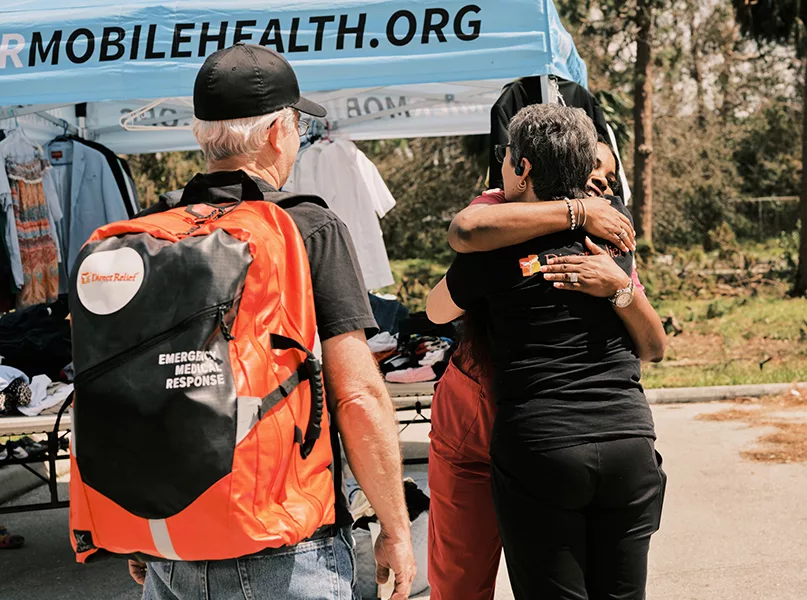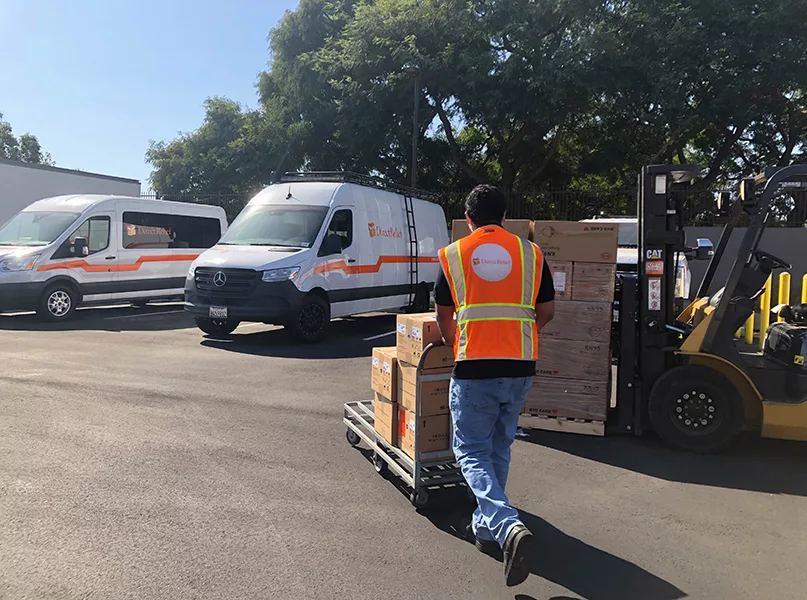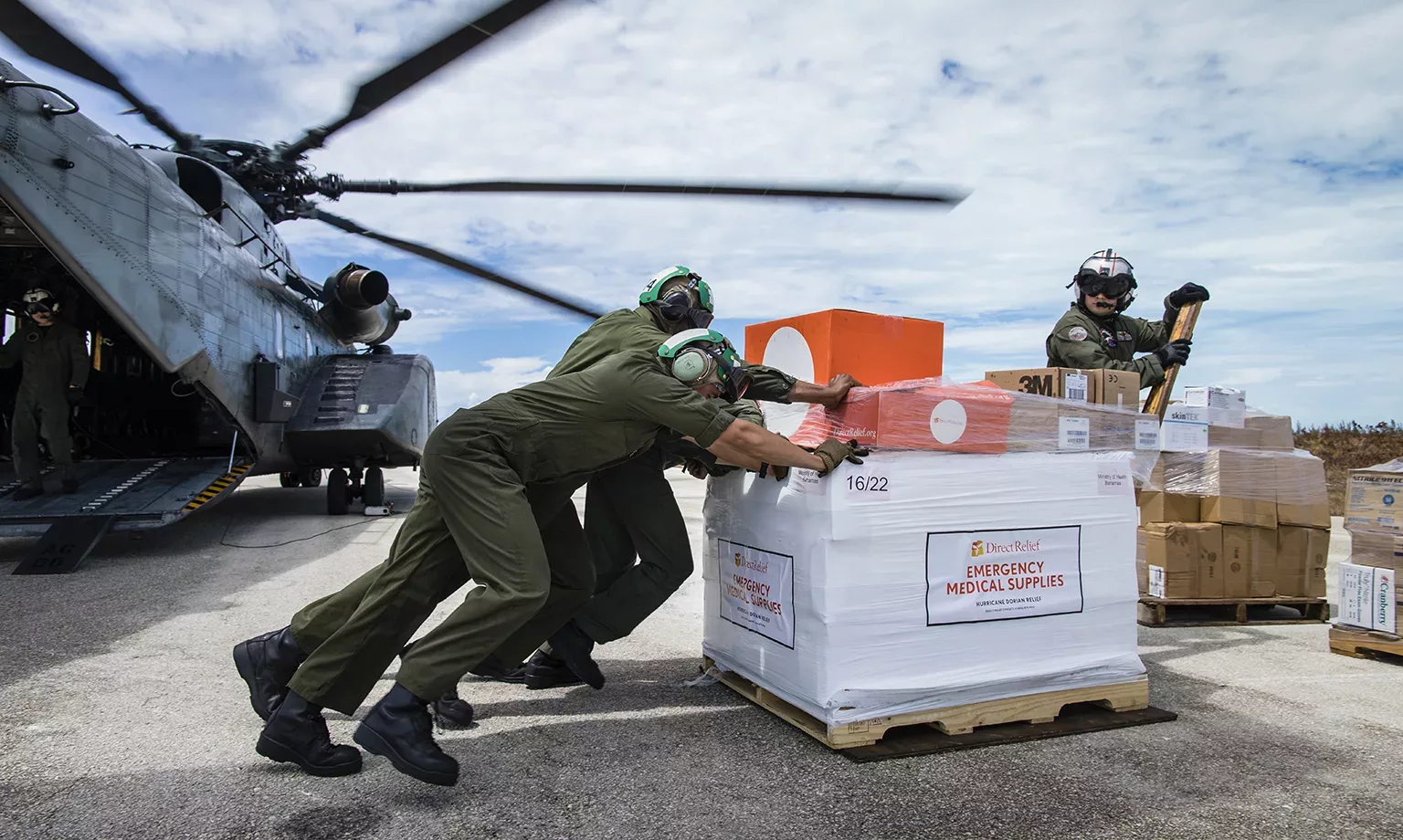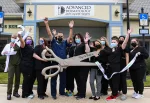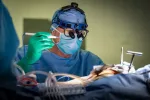For decades, Direct Relief has provided medicine and medical assistance in both humanitarian and disaster situations. We speak to President and CEO, Thomas Tighe, about the organization’s important work.
RESPONSE, AID AND SUPPORT
Relying entirely upon private contributions, Direct Relief has strived to equip healthcare professionals in resource-scarce communities since 1948.
Continually meeting the challenges of diagnosing and caring for people in need, both throughout the US and globally, the not-for-profit organization is also adept at responding to worldwide disasters.
Charities such as Direct Relief use private funds while receiving no government support. In fact, they operate in a similar way to businesses when providing goods or services that benefit the public.
“It is a public service, but it just happens to be done privately. Nonprofit organizations exist to address important issues; it is not a compelling business case, but it is a compelling human case,” opens Thomas Tighe, Direct Relief’s President and CEO.
“I spent over two years in the Peace Corps as a volunteer teacher in rural Thailand, which was an eye-opening experience. I learned how unaddressed health problems and financial statuses affected the course of people’s lives.
“These were people with inherent talent, hopes and dreams for their future and that of their families,” he observes.
Many of those issues remain today, both internationally and in the US, which is one of the most economically advanced countries in the world.
“Advances in healthcare have been remarkable, but the benefits are still limited to those fortunate enough to live in wealthier countries or have the personal means to secure them,” Tighe reflects.
This is where the important work that Direct Relief is carrying out makes a difference. Establishing strong ties with US healthcare companies, the organization provides aid in response to emergencies and refugee populations, alongside addressing the opioid epidemic, reproductive health, and health equity to fund and improve healthcare for marginalized communities.
Indeed, just as in 1948 Direct Relief’s humanitarian assistance is provided without regard to ethnicity, politics, religion, gender, or ability to pay.
“Advances in healthcare have been remarkable, but the benefits are still limited to those fortunate enough to live in wealthier countries or have the personal means to secure them”
Thomas Tighe, President and CEO, Direct Relief
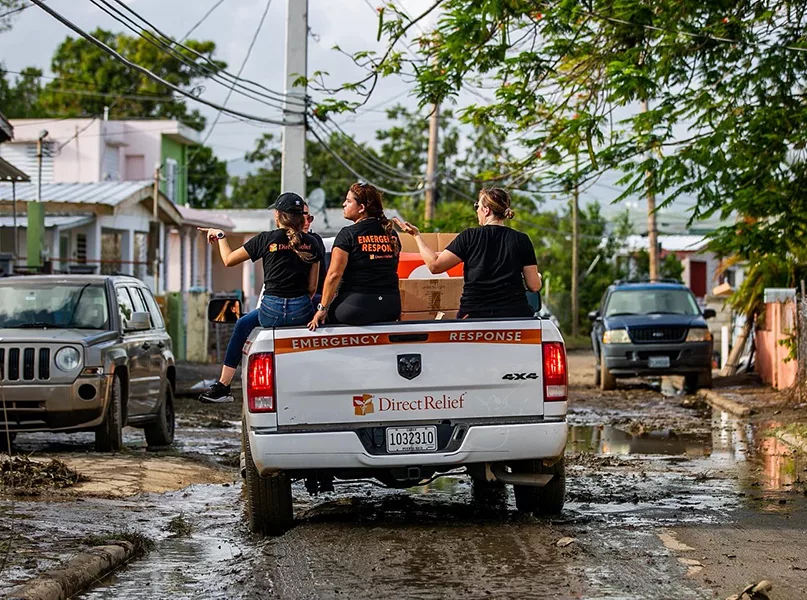
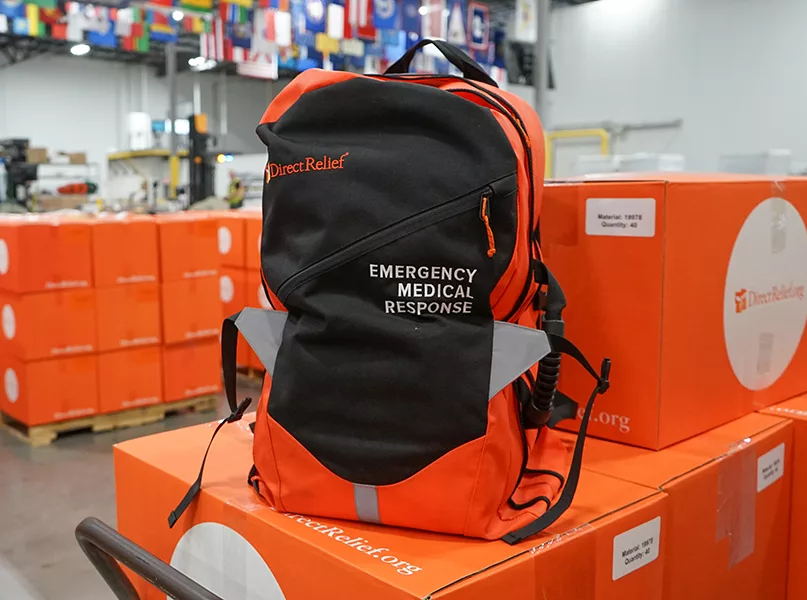
EMERGENCY ASSISTANCE
During the last few years, the world has experienced a series of major natural disasters, including the most destructive hurricanes and wildfires in history, and Direct Relief has been deeply involved in responding to many of them.
Not only are climate-related events becoming more frequent and intense, but they are also lasting longer than ever before. Moreover, the COVID-19 pandemic caused a large reallocation of resources to address, which left all the existing challenges and gaps in basic healthcare unattended.
“For the last year and a half, the war in Ukraine has been a significant focus for Direct Relief, as we have been the largest channel for humanitarian aid into the country thanks to the extraordinary level of support from the healthcare industry and people all over the world,” acknowledges Tighe.
Furthermore, the devastating earthquake in Turkey and Syria has been a primary issue for Direct Relief in recent months.
“Responding to so many catastrophic events provides the perspective to see patterns. One of the recurring common issues that Direct Relief is focusing on is the availability of power, without which, health services grind to a halt.
“Power dictates everything, such as having electronic email records available, keeping drugs and vaccines properly stored, having oxygen available in hospitals, and just keeping the lights on to work and engage in communications,” he informs us.
Direct Relief has become more involved in helping health facilities install solar and battery systems to be resilient and be able to deliver services when they are most needed.
The Power for Health initiative provides grant funding to support resilient power projects across the US as the country continues to face challenges due to the impact that climate change has on global warming and the increased stress it places on the nation’s power grids.
As the economy of those types of investments is beneficial and given the nature of what the organization does, and how much of the world’s charitable supplies of insulin and other critical therapies it handles, Direct Relief is keenly sensitive to this issue.
The distribution center in California has extensive cold-chain storage for medications and vaccines. Additionally, it was the first permitted microgrid in the continental US.
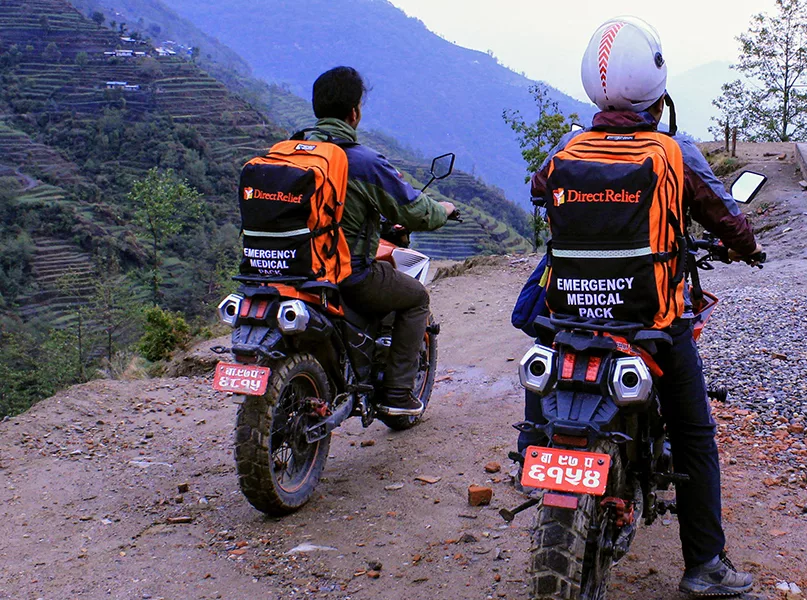
ORGANIZATIONAL STRUCTURE AND MISSIONS
Direct Relief receives no government support, and the nonprofit is able to work in a streamlined way as a result.
This no-frills approach is reflective of the organization’s origins. Direct Relief was founded by war-immigrant businesspeople who were forced to flee Europe in World War II. Much of the initial effort was to support people caught in those historic events and in need of basic goods, including health commodities.
“They were using their own money and providing the services for free, which Direct Relief still does, so they wanted to make sure their funds were serving their intended purposes in the most efficient way possible,” reveals Tighe.
This way of thinking – doing public good privately but doing it as efficiently as possible – has been present since the organization was founded 75 years ago.
“Most charitable causes are deeply compelling on a human level, but just because it is righteous, it doesn’t mean that every activity and expense done under that banner is carried out well or efficiently – we aim to do both,” says Tighe.
Direct Relief continues to focus on growing its global emergency and disaster response capabilities as well as expanding upon the vast network of healthcare facilities around the world, to provide ongoing support for the treatment of chronic illnesses.
“We are focused on improving and expanding logistics capabilities by continuing to partner with product donors, equipment and logistics suppliers, and community healthcare networks to gather the necessary information and training required to ensure a successful shipment, handling, and storage of temperature-controlled medicines.”
Direct Relief uses a simulated shipping lane assessment called Smart CAE. The software enables its team to analyze temperature variations along a transportation route. This assists in determining the correct qualified packaging configuration to use in order to maintain the required temperature of the product throughout its travels.
“We also work with our community healthcare networks to ensure they have the proper equipment and training to handle and maintain the temperature of the product upon receipt,” adds Tighe.
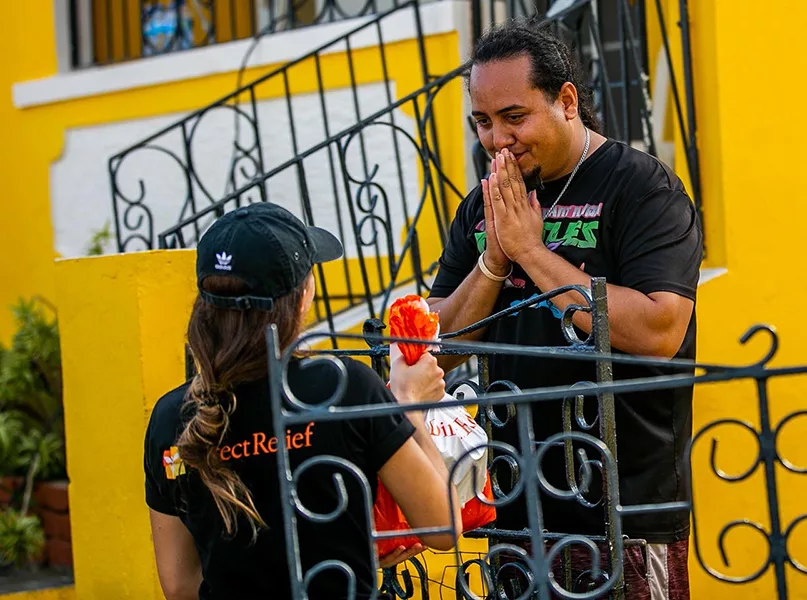
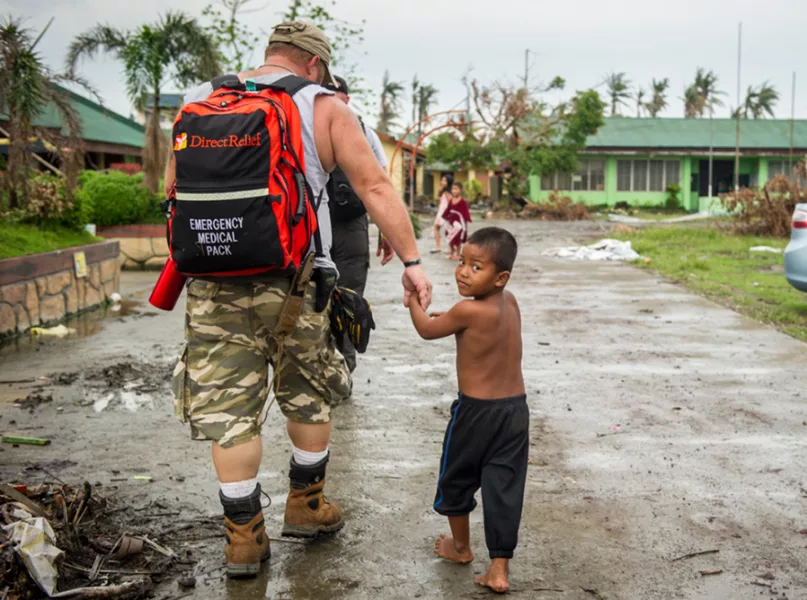
OPTIMIZING OPERATIONS
A sharp humanitarian imperative exists to assist those whose lives remain threatened by disease, poverty, or disaster. It is what guides Direct Relief’s work in areas where governments and global markets are either unable or unwilling to engage in improving the health of people who are sick or hurt.
“Unwell people who do not receive care cannot work; they become poor or stay poor, and people who are in poverty are at higher risk of becoming sick.
“Breaking this vicious cycle is an enormously complex endeavor, which requires change in many areas other than health services. Although, under any circumstance, access to better health services is essential.
“That is why we focus on improving community health and access to affordable prescription medications,” highlights Tighe.
Access is a main obstacle that patients at health centers and community clinics face every day, and Direct Relief helps tackle this challenge by providing much-needed medicines and supplies to those who require them the most. Its medical assistance programs equip health professionals working in resource-scarce communities to meet the challenges of diagnosing, treating, and caring for patients.
Direct Relief sources the majority of its medical products via in-kind donations from over 80 global pharmaceutical and healthcare companies. Furthermore, procurement of medicines and supplies is mainly limited to products included in emergency preparedness and response kits.
Occasionally, Direct Relief will procure small amounts of medical products for various ongoing programs, or to meet a crucial humanitarian need when a product is unavailable for donation from the private sector.
“To source donated medicines and supplies, Direct Relief has a dedicated Corporate Engagement team that manages relationships with current and prospective donor companies who donate through several different models,” explains Tighe.
In addition, Direct Relief has a robust team of licenced pharmacists, who in collaboration with its Emergency Response and Global Programs teams identify which medicines are most needed for various health crises around the world and for uninsured patients in the US.
Mission-driven and providing critical help to millions of people throughout the world, Direct Relief is the result of motivational and inspiring leadership and teamwork.
